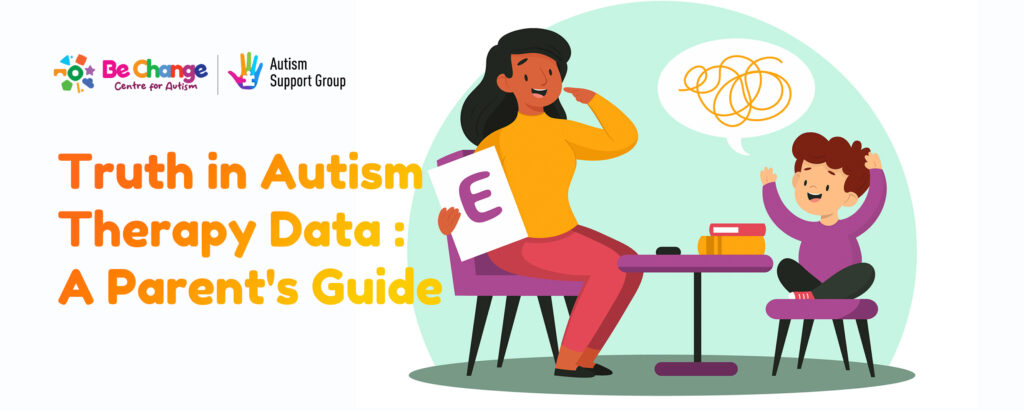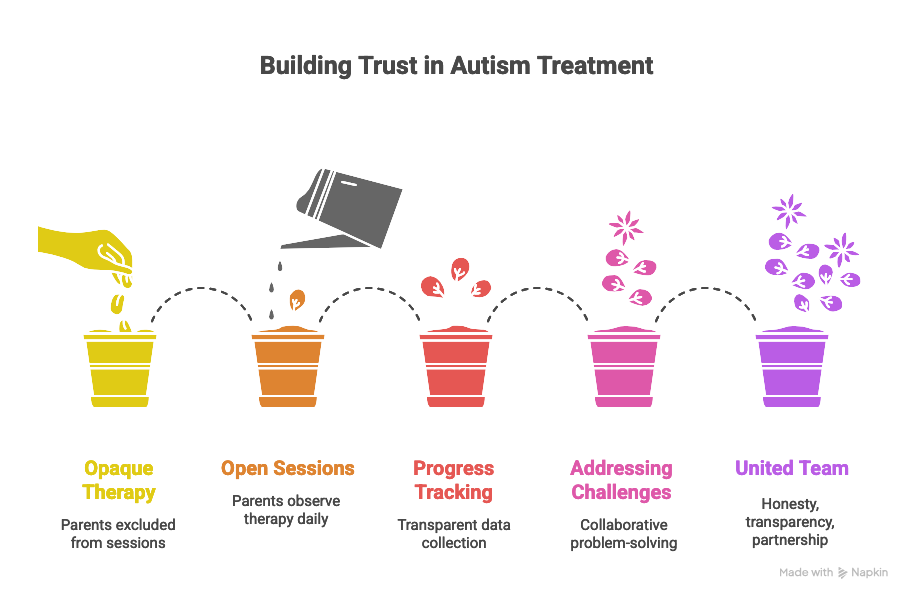
When your child is receiving autism treatment, every small step forward feels like a big victory. Parents celebrate new words, improved social skills, and small acts of independence. But what if the progress you read in therapy reports doesn’t match what you see at home?
In some therapy centers, falsifying progress data can happen — and it’s one of the most overlooked risks in autism treatment. It can quietly delay your child’s growth during the most critical years for development.
What Is Falsifying Progress Data in Autism Treatment?
Falsifying data occurs when a therapist or supervisor records that your child has mastered a skill when they haven’t. This might mean:
-
The skill was practiced only once or twice but marked as “mastered”
-
The child can only do it with prompts, yet it’s listed as independent
-
The skill wasn’t worked on at all during autism treatment sessions
It can happen because of time pressure, untrained staff, or the desire to make reports look good for insurance or administrative purposes.
Why It’s Harmful for Autism Treatment Outcomes ?
Accurate progress tracking is the foundation of effective autism treatment. When progress data is inaccurate:
-
Learning opportunities are lost – Skills stop being practiced too soon.
-
Therapy plans are misaligned – Harder skills are introduced before basics are solid.
-
Parents lose clarity – You can’t make informed decisions about your child’s needs.

Signs Parents Can Watch For
Even if you’re not in the therapy room, you might notice red flags:
-
Skills listed as mastered in reports are missing at home.
-
Sudden, dramatic progress in paperwork with no real-world change.
-
Reports with perfect scores and no mention of challenges.
How Parents Can Prevent It ?
To protect your child’s autism treatment from the effects of falsified data:
-
Request raw therapy data – Ask for trial-by-trial notes or short videos from sessions.
-
Observe therapy sessions – Make occasional visits to see your child’s therapy in action.
-
Test mastered skills at home – Try them during play or daily routines.
-
Clarify mastery definitions – Make sure the center uses consistent skill mastery criteria.
-
Keep your own notes – Track progress at home to compare with therapy records.

Why Transparency Matters in Autism Treatment
At Be Change Center, we believe effective autism treatment requires open collaboration between parents and therapists. That’s why we welcome parents to sit in and watch every single therapy session — every day, if they choose.
When parents can see how therapy is done, how progress is tracked, and how challenges are addressed, trust grows. More importantly, your child gets the benefit of a united, informed team.
Because your child’s autism treatment should always be built on honesty, transparency, and partnership.
This journey is not one that any parent has to walk alone. There are professionals, advocates, and communities dedicated to supporting families of children with autism. Sharing experiences, learning from others, and staying informed about the latest tools and strategies can empower parents to face challenges with confidence.
Resources
- Autism Support Group : https://www.facebook.com/groups/SupportAutism
- Youtube Podcast : https://www.youtube.com/@BeChangeCenter
- Behavior Analyst Certification Board (BACB): www.bacb.com
- Instagram : https://www.instagram.com/bechangeaba/
